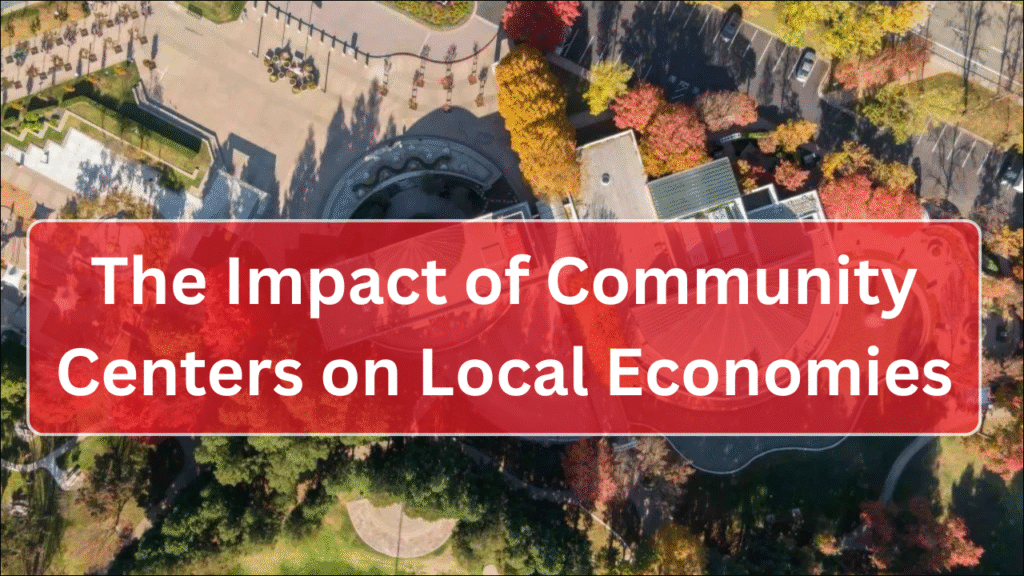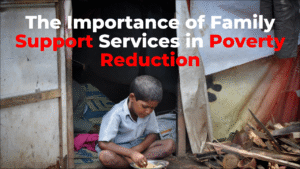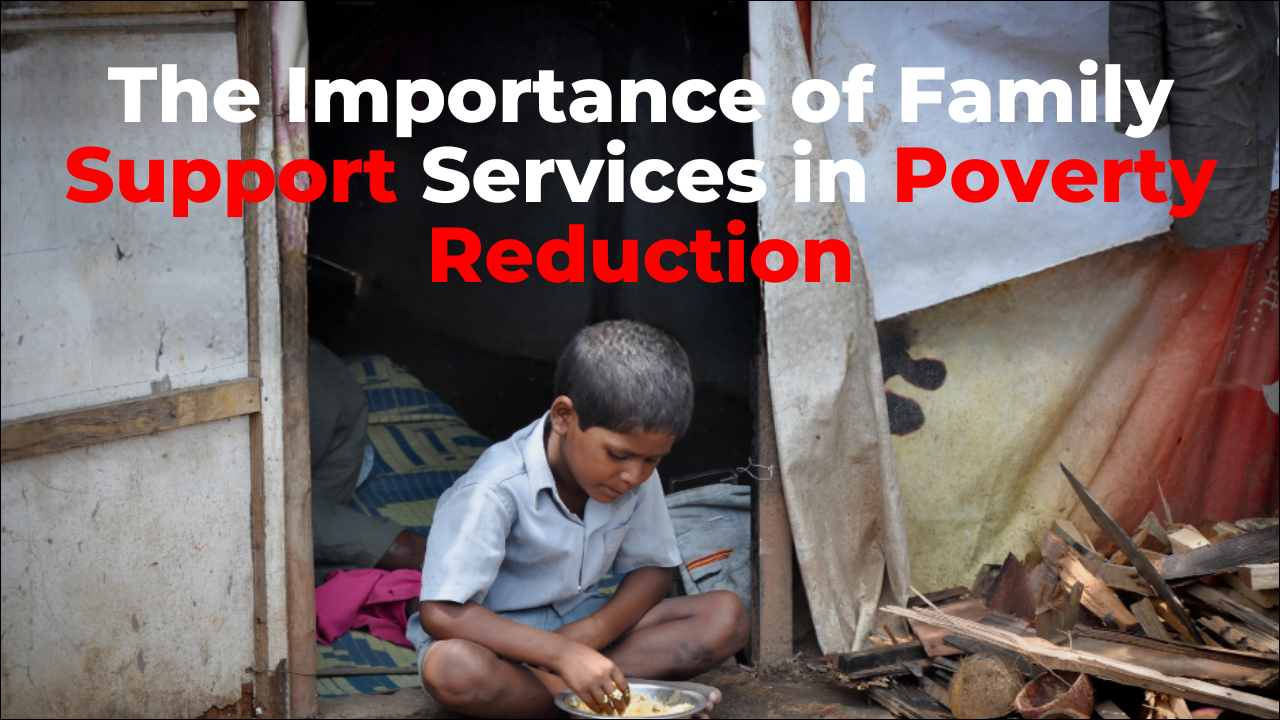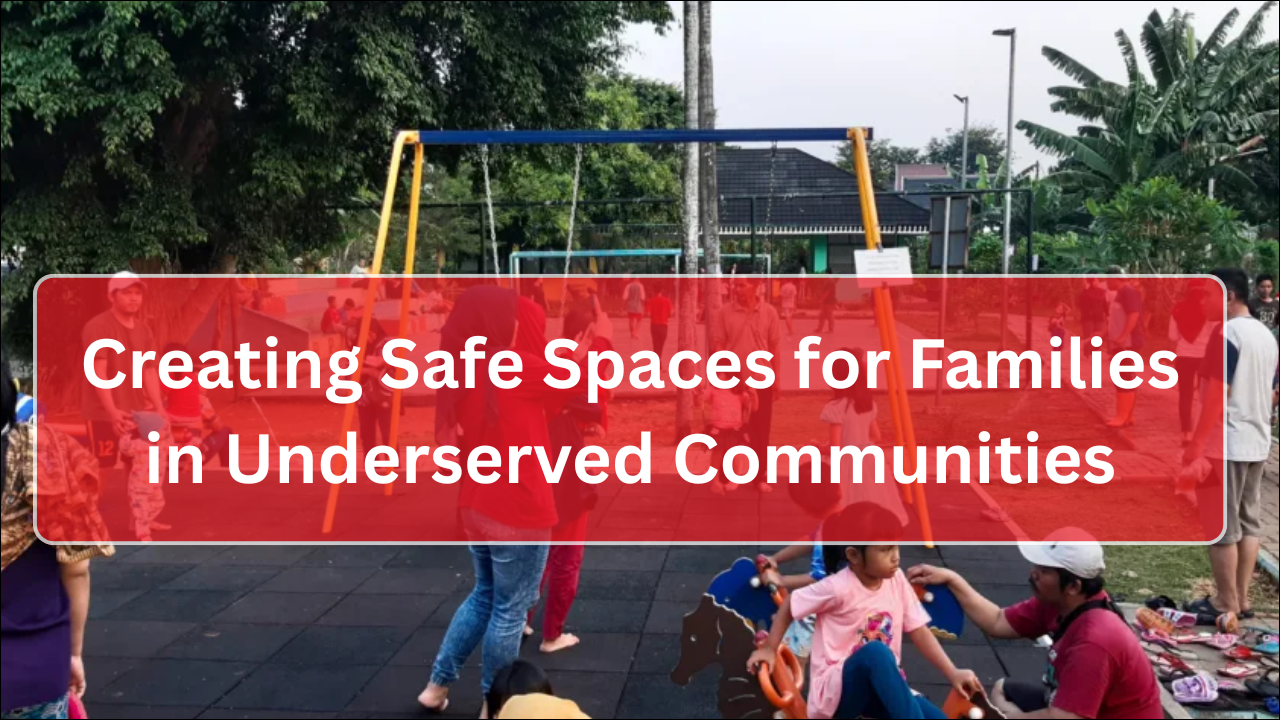
Community centers play a pivotal role in strengthening local economies by providing services, resources, and programs that enhance education, workforce development, and social cohesion. Facilities like The Hope Center for Families in Northwest Dayton demonstrate how community centers serve as hubs for economic growth, supporting job readiness, family stability, and entrepreneurship. Beyond direct employment, these centers stimulate local commerce, attract investment, and build human capital, creating lasting positive effects on communities.
Table of Contents
1. Job Creation and Employment Support
Community centers contribute to local economies through employment opportunities and workforce development programs.
- Direct employment includes administrative staff, educators, health professionals, and program coordinators.
- Volunteer and internship programs develop skills that prepare participants for the workforce.
- Job readiness workshops provide resume support, interview training, and professional mentoring.
- Career counseling and vocational programs connect residents to local employers and industries.
Employment Support Programs and Economic Impact
| Program | Focus | Economic Benefit |
|---|---|---|
| Job Readiness Workshops | Resume building, interview skills | Increased employment rates |
| Vocational Training | Technical and trade skills | Higher earning potential |
| Internships & Volunteering | Skill development | Workforce preparation and experience |
| Career Counseling | Job placement support | Reduced unemployment and underemployment |
2. Supporting Small Businesses and Entrepreneurship
Community centers provide resources that foster entrepreneurship and local business growth.
- Business workshops teach financial planning, marketing, and operations management.
- Microloans and grants enable residents to start or expand small businesses.
- Networking events connect entrepreneurs with mentors, investors, and partners.
- Access to shared facilities, technology, and training reduces startup costs.
3. Education and Workforce Development
Education programs at community centers strengthen human capital and long-term economic growth.
- Early childhood education ensures children enter school ready to learn, improving future workforce quality.
- Adult education and literacy programs equip residents with essential skills for higher-paying jobs.
- Continuing education and professional development increase productivity and career advancement.
- Partnerships with local colleges, such as Sinclair Community College, provide certification programs and technical training.
Education and Workforce Programs
| Program Type | Target Group | Economic Outcome |
|---|---|---|
| Early Childhood Education | Children | Long-term academic and workforce success |
| Adult Education & Literacy | Adults | Higher employability and income |
| Technical Certification | Job seekers | Skilled workforce and local industry growth |
| Professional Development | Employed adults | Career advancement and productivity |
4. Health and Wellness Programs
Healthy communities are productive communities, and community centers contribute to economic stability through health services.
- Preventive health programs reduce absenteeism and healthcare costs.
- Mental health counseling supports family stability and workforce participation.
- Nutrition programs improve overall well-being, especially for children and low-income families.
- Fitness and wellness initiatives reduce long-term medical expenses, benefiting local economies.
5. Stimulating Local Commerce
Community centers indirectly boost local economies by attracting visitors and supporting local businesses.
- Events, workshops, and programs draw participants who spend on transportation, food, and services.
- Collaboration with local vendors for catering, supplies, and event support circulates money within the community.
- Cultural and recreational events enhance tourism and local business visibility.
- Partnerships with local organizations expand economic activity and collaborative initiatives.
Economic Contributions of Community Centers
| Activity | Direct Impact | Indirect Impact |
|---|---|---|
| Employment | Salaries and wages | Increased household spending |
| Education Programs | Skill development | Higher lifetime earnings |
| Health & Wellness Services | Reduced healthcare costs | Greater workforce productivity |
| Community Events | Program fees and participation | Local business revenue growth |
6. Reducing Economic Inequality
Community centers play a critical role in reducing economic disparities.
- Programs target underserved populations, providing resources for education, job training, and financial literacy.
- Affordable childcare and family support enable parents to participate in the workforce.
- Mentorship and guidance increase social mobility and career opportunities.
- By equipping residents with skills and support, centers reduce dependence on public assistance and strengthen local economies.
7. Collaboration and Partnerships
Partnerships amplify the economic impact of community centers.
- Schools collaborate on educational initiatives, reducing dropout rates and increasing workforce readiness.
- Healthcare providers deliver wellness services that improve productivity.
- Nonprofits contribute resources, volunteers, and funding, enhancing program capacity.
- Local businesses benefit from volunteer programs, training partnerships, and sponsorship opportunities.
8. Measuring Economic Impact
Evaluating community center contributions ensures continued investment and improvement.
- Track employment outcomes for program participants.
- Assess income growth and job placement rates among families served.
- Monitor reductions in social service dependency and poverty rates.
- Measure local business revenue increases and economic activity linked to center programs.
- Collect qualitative data on community engagement, satisfaction, and well-being.
9. Long-Term Community Benefits
The sustained presence of community centers creates lasting economic advantages.
- A skilled and educated workforce attracts new businesses and investment.
- Stable families contribute to neighborhood revitalization and property value growth.
- Healthier populations reduce long-term public health expenditures.
- Economic empowerment initiatives foster entrepreneurship, innovation, and self-sufficiency.
- Strong social networks and civic engagement support resilient, prosperous communities.
Long-Term Economic Impacts of Community Centers
| Area | Outcome | Community Benefit |
|---|---|---|
| Workforce Development | Skilled, employed residents | Strong local labor market |
| Entrepreneurship | New small businesses | Increased local commerce and job creation |
| Health & Wellness | Reduced absenteeism | Greater productivity and lower healthcare costs |
| Family Stability | Economic self-sufficiency | Reduced poverty and reliance on public assistance |
| Civic Engagement | Active community participation | Social cohesion and collaborative problem-solving |
Moving Forward
Community centers are vital engines for local economic growth, combining employment, education, health, and social support to strengthen families and communities. Institutions like The Hope Center for Families demonstrate that investing in comprehensive community programs generates measurable economic benefits, from improved workforce readiness to increased local commerce. By addressing both immediate needs and long-term skill development, community centers empower residents, reduce inequality, and foster sustainable prosperity, making them indispensable assets for thriving neighborhoods.








